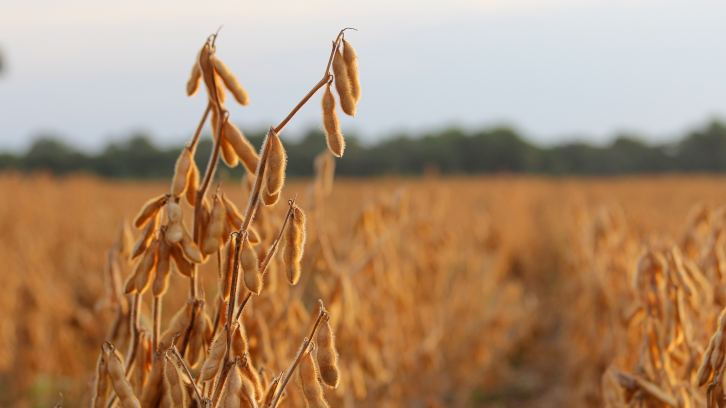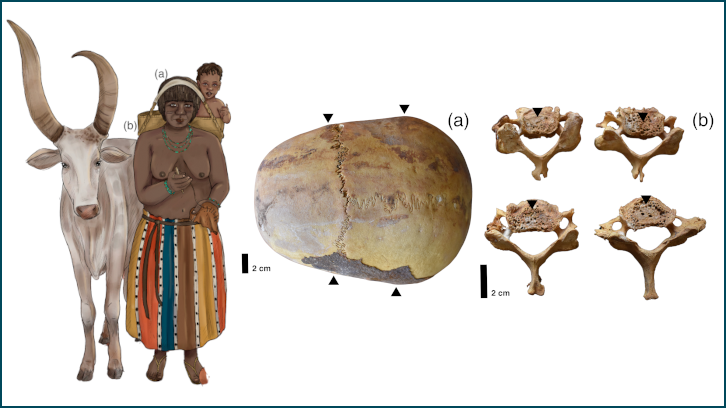Changes in the Chinese Diet: From Self-Sufficiency to Importation

With China's rapid economic rise, its food consumption and the pace of imports have increased considerably. This has led to significant changes in its diet, which now depends on imports from Latin America and the United States, especially of soy. The new dynamic has reduced its self-sufficiency and raises concerns about long-term food security.
China’s rapid economic rise has profoundly transformed its food trade and self-sufficiency, as analyzed by Pedro Cango, Fander Falconí Benítez, and Jesús Ramos-Martín. Their study highlights China’s growing dependence on food imports, despite maintaining favorable trade conditions by paying less per imported calorie than it earns per exported calorie. This shift has reshaped the Chinese diet and reduced the country’s ability to sustain itself solely through domestic production.
Over the past six decades, China’s food consumption has nearly tripled, with significant dietary changes. Traditional staples like starchy roots and vegetable proteins have declined, while cereals, vegetable oils, and alcohol have gained prominence. Vegetable consumption has increased, while sugar intake remains below global averages, aligning with health recommendations.
Since joining the World Trade Organization (WTO) in 2001, China’s food imports have surged. In 1987, it imported twice as many tons of food as it exported; by 2022, that ratio had grown to seven times more. In caloric terms, imports now exceed exports by nearly 15 times. This allows China to secure large amounts of food at lower costs, maintaining stable trade terms.
A key aspect of this imbalance is China’s reliance on Latin America and the U.S. for food imports, particularly soybeans. While this dependence ensures a steady supply, it raises concerns about food security, as reliance on global markets exposes China to price fluctuations and supply chain disruptions, as seen during the COVID-19 pandemic.
China has introduced policies to counterbalance this dependence, such as strengthening grain reserves and subsidizing farmers. However, food self-sufficiency has declined from 95% in 1961 to 76% in 2022, underscoring the increasing role of international trade in feeding the nation.
The study also explores the concept of caloric unequal exchange. While China imports more food in caloric terms, the economic value of its exports remains high. This trade dynamics pressures exporting nations, particularly in Latin America, to devote farmland to international demand rather than local consumption, sometimes leading to environmental degradation and social conflicts.
China’s food trade presents both benefits and risks. Favorable trade conditions ensure a stable food supply, but growing reliance on imports raises concerns about long-term food security. Policymakers must balance trade strategies with domestic agricultural policies to maintain a resilient and sustainable food system.
Cost of Chinese exports and imports (left) and terms of trade (right), 1987–2022.
Department of Economics and Economic History
Institut de Ciència i Tecnologia Ambientals
Universitat Autònoma de Barcelona
References
Cango, P., Falconí, F., Ramos-Martín, J. (2025). Unequal exchange and food terms of trade for China. Journal of Environmental & Earth Sciences, Vol. 7 (3): 99-111. https://doi.org/10.30564/jees.v7i3.7951


